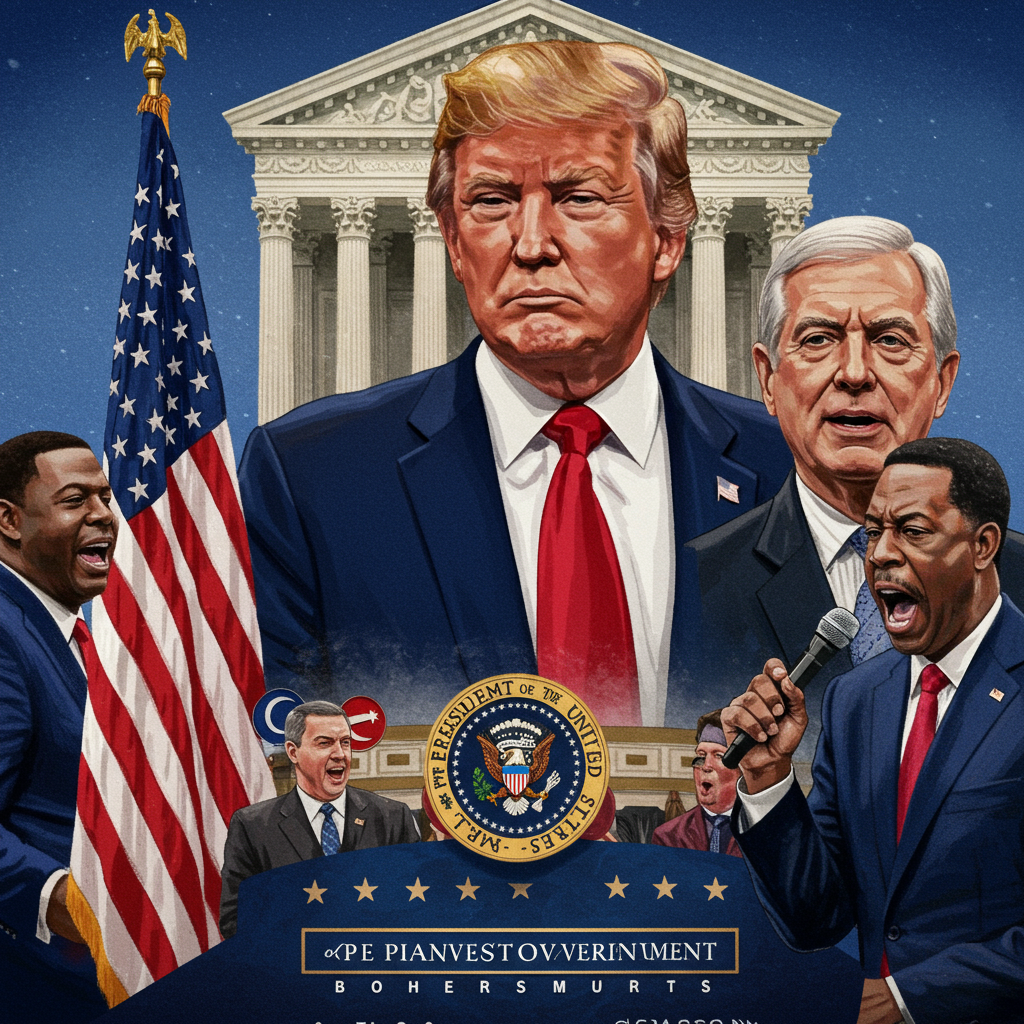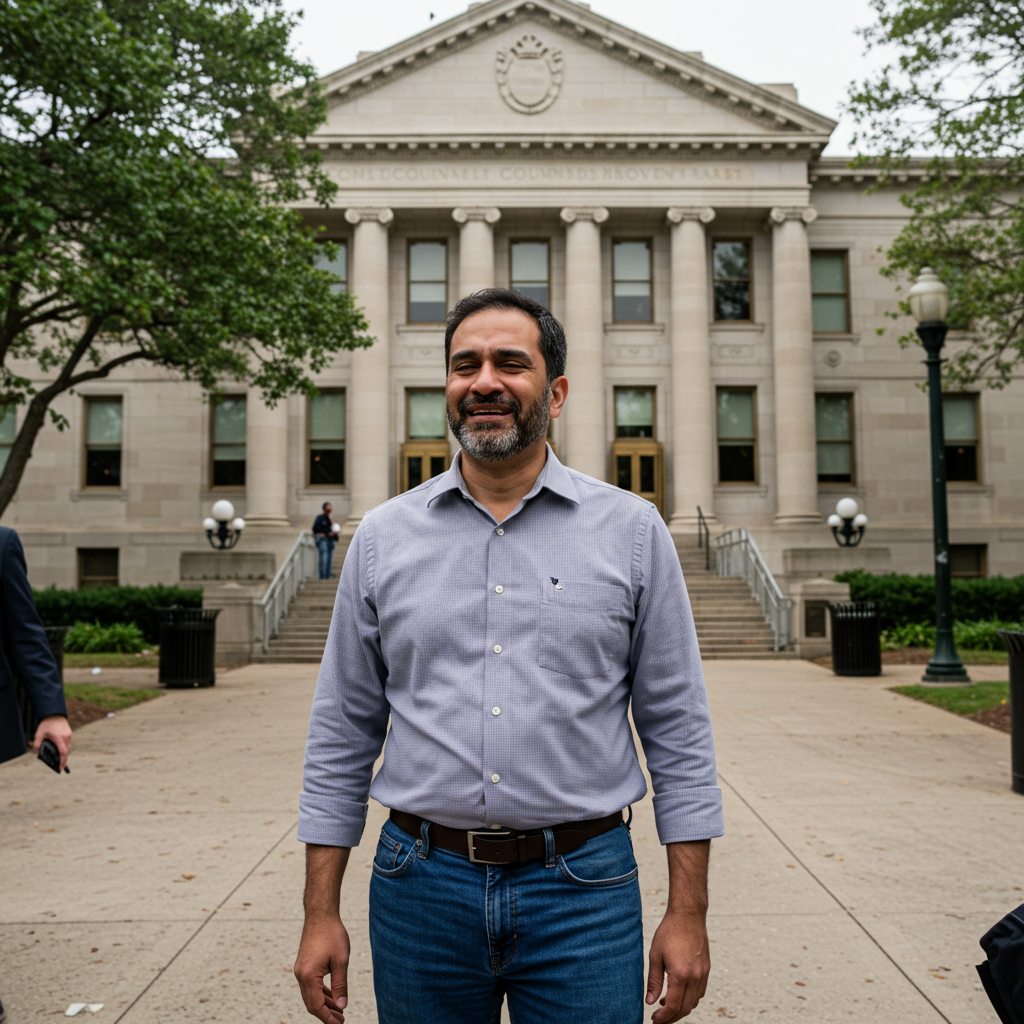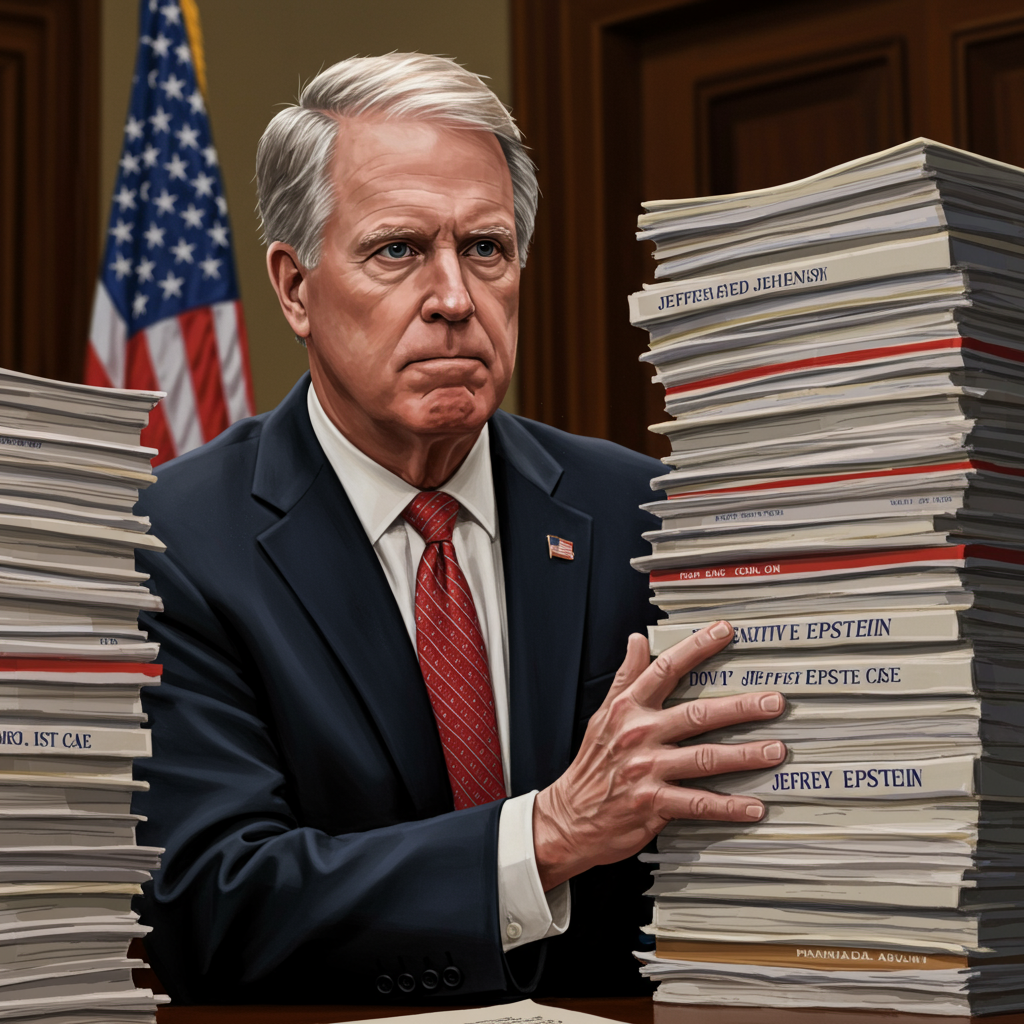The U.S. Supreme court has cleared a major legal hurdle for the Trump administration, potentially allowing widespread job cuts and significant restructuring across federal agencies. This pivotal decision could impact tens, even hundreds of thousands, of government employees and dramatically reshape the nation’s bureaucracy.
In a brief, unsigned order issued Tuesday, the high court lifted a lower court’s injunction that had temporarily blocked the administration’s efforts to implement mass federal layoffs. The ruling signals that the Supreme Court believes the administration is “likely to succeed” in its argument that the executive order initiating these changes falls within the President’s legal authority.
This development marks a significant victory for President Trump’s stated goal of dramatically downsizing and reforming the federal government, a core promise of his campaign and administration. The effort has been linked to broader plans outlined in initiatives like Project 2025 and previously involved the short-lived Department of Government Efficiency (DOGE), championed by billionaire Elon Musk upon Trump’s return to office.
Supreme Court Overturns Lower Court Block
The Supreme Court’s decision directly reversed a temporary block imposed in May by San Francisco-based U.S. District Judge Susan Illston. Judge Illston, nominated by former President Bill Clinton, had ruled that President Trump exceeded his authority by mandating such sweeping government downsizing without consulting Congress.
Her injunction had halted most large agencies from issuing new reorganization plans or layoff notices. It also sought the reinstatement of employees already fired, though this was paused during the appeals process. Judge Illston emphasized that Congress is responsible for creating and funding federal agencies and determining their duties. Therefore, she argued, large-scale reorganizations and reductions in force (RIFs) must align with congressional mandates, requiring presidential partnership with the legislative branch for such changes.
A panel of the U.S. 9th Circuit Court of Appeals had upheld Judge Illston’s temporary injunction in a 2-1 vote. The appeals court found that the executive order “far exceeds” the president’s inherent supervisory powers. This prompted the administration’s Justice Department, led by Solicitor General D. John Sauer, to file an emergency appeal with the Supreme Court. Sauer contended that presidential control over federal personnel is central to executive authority and does not require special permission from Congress.
What the High Court’s Ruling Means
The Supreme Court’s order did not definitively rule on the ultimate legality of specific layoff plans. Instead, it focused narrowly on the foundational executive order and associated directives from the Office of Management and Budget (OMB) and the Office of Personnel Management (OPM). By lifting the injunction, the court essentially allows the administration to proceed with planning and potentially implementing RIFs while the underlying legal challenges continue in the lower courts.
Justice Ketanji Brown Jackson was the lone dissenter on the nine-person court, publicly criticizing the majority’s decision. She expressed concern over the court’s perceived “enthusiasm for greenlighting this president’s legally dubious actions in an emergency posture.” Jackson warned that allowing the administration to proceed now could unleash a “wrecking ball” on federal agencies, potentially leading to irreversible damage, including the dismantling of critical services Congress created.
Justice Sonia Sotomayor issued a separate statement concurring with the decision to lift the temporary block. However, she clarified that this does not prevent lower courts from assessing the constitutionality of specific agency RIF plans. She underscored that a president cannot restructure federal agencies in a manner inconsistent with congressional mandates. The ruling is seen by some as consistent with the court’s recent pattern of siding with the Trump administration in emergency appeals related to executive authority and national policy, often through the expedited “shadow docket.”
Administration Pursues Efficiency Through Cuts
Following his return to office in January, President Trump initiated a broad campaign targeting the 2.3-million-strong federal civilian workforce. This effort was initially headed by DOGE, which aimed for significant downsizing and streamlining. The administration’s stated goal is to enhance government efficiency by eliminating what it deems “costly, inefficient and deeply in debt” programs and addressing perceived bureaucracy.
An executive order issued in February instructed agency heads to prepare for “large-scale” staff reductions. The order and a subsequent memorandum required agencies to submit layoff plans, with some agencies already beginning the process or planning significant cuts. Specific tools for reducing staff included a hiring freeze (no more than one employee hired for every four departures), removing underperforming employees, and allowing temporary positions to lapse.
By late April, approximately 100 days into the initiative, around 260,000 civil servants had already been impacted through firings, resignations, and early retirements, according to Reuters figures cited in various reports. Agencies whose downsizing plans were temporarily halted by the injunction included the Departments of Agriculture, Commerce, Energy, Health and Human Services (HHS), Housing and Urban Development (HUD), Interior, Labor, State, Treasury, Transportation, and Veterans Affairs (VA), among others like the EPA, GSA, NSF, SSA, USAID, and CFPB. Some agencies, like the State Department, which had proposed laying off nearly 2,000 employees, indicated they would resume advancing their reorganization plans after the ruling.
Concerns and Continued Opposition
The Supreme Court’s decision was met with strong condemnation from the coalition of labor unions, non-profit organizations, and local governments (including cities like Baltimore, Chicago, and San Francisco) that filed the initial lawsuit. These groups had warned in court filings that allowing the administration’s plans to proceed could result in “hundreds of thousands” of layoffs and the irreversible loss of “critical government services” if implemented before legal challenges were resolved.
They reiterated their belief that mass layoffs and government reorganization without congressional approval are unconstitutional and pose a “serious blow to our democracy.” Union representatives and critics argue that the cuts already implemented have been haphazard, leading to chaos within agencies and threatening essential public services like Social Security processing, food safety inspections, and veterans’ healthcare, issues raised by Judge Illston and the 9th Circuit panel.
While the White House hailed the ruling as a “definitive victory” for the President’s authority and a step towards “efficiency,” internal sources cautioned that the decision does not permit agencies to execute layoffs immediately. Additional delays or legal hurdles could still alter the scope and timing of potential cuts. The original case returns to Judge Illston’s court, where the core legal arguments about the President’s authority versus Congress’s role will continue to be debated. Furthermore, specific agency layoff plans could face separate legal challenges based on existing union contracts, statutory restrictions, and civil service protections.
Despite the opposition and warnings of disruption, a Reuters/Ipsos poll conducted in April found that Americans were narrowly in favor of the administration’s effort to downsize the federal government. About 56% expressed support, while 40% were opposed, though views were heavily polarized along party lines.
Frequently Asked Questions
What did the Supreme Court decide regarding Trump’s federal layoff plans?
The Supreme Court lifted a lower court’s temporary injunction that had blocked the Trump administration from implementing plans for mass federal workforce reductions. The Court’s brief, unsigned order indicated that the administration is likely to succeed in arguing that the executive order driving these changes is lawful. However, the Court explicitly stated it was not ruling on the legality of any specific agency layoff plans themselves.
Where does the case challenging Trump’s federal layoffs go next?
Following the Supreme Court’s decision to lift the temporary block, the legal case challenging the Trump administration’s federal downsizing plans will return to the U.S. District Court in San Francisco, overseen by Judge Susan Illston. The core arguments about the President’s authority versus Congress’s role will continue to be litigated there. Additionally, specific reduction-in-force plans developed by individual agencies could face separate legal challenges based on labor laws, union agreements, or civil service protections.
What are the potential consequences of allowing Trump’s mass federal layoffs to proceed?
Critics and opponents, including labor unions and advocacy groups, warn that allowing the mass layoffs to proceed could severely disrupt critical government services relied upon by the public. They argue the cuts could be haphazard and result in hundreds of thousands of job losses across numerous agencies. They contend that such widespread restructuring without explicit congressional authorization is unconstitutional and poses a significant risk to the effective functioning of the federal government.
In conclusion, the Supreme Court’s decision provides the Trump administration with significant momentum to pursue its agenda of dramatically reducing the size and scope of the federal workforce. While a key legal barrier has been removed, the path forward is not entirely clear, as the underlying case continues and potential new legal challenges against specific agency actions remain possible. The ruling highlights the ongoing tension between executive authority and the role of Congress in shaping the federal government and sets the stage for continued legal and political battles over the future of the nation’s civil service.
Word Count Check: 1038 words




